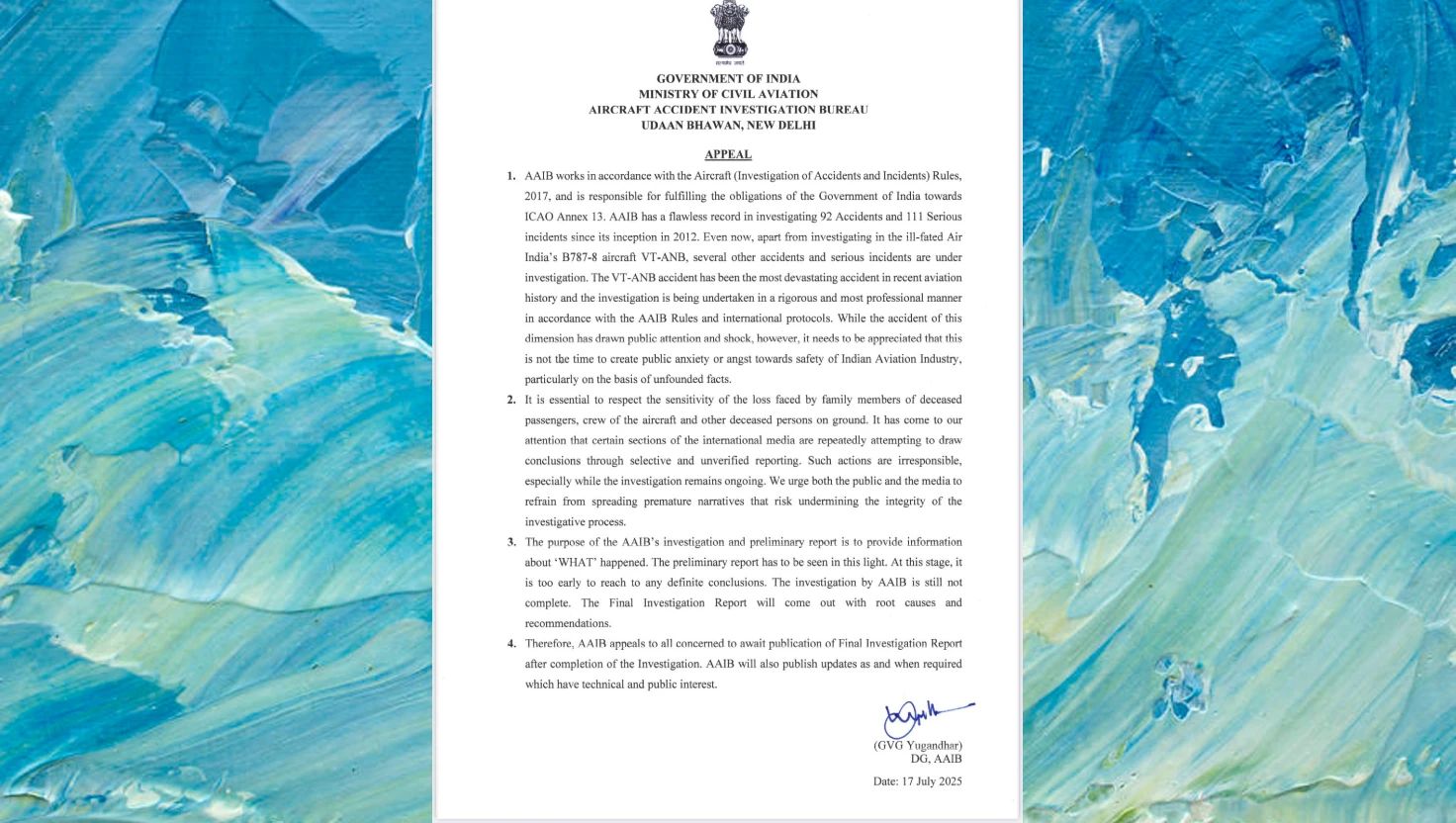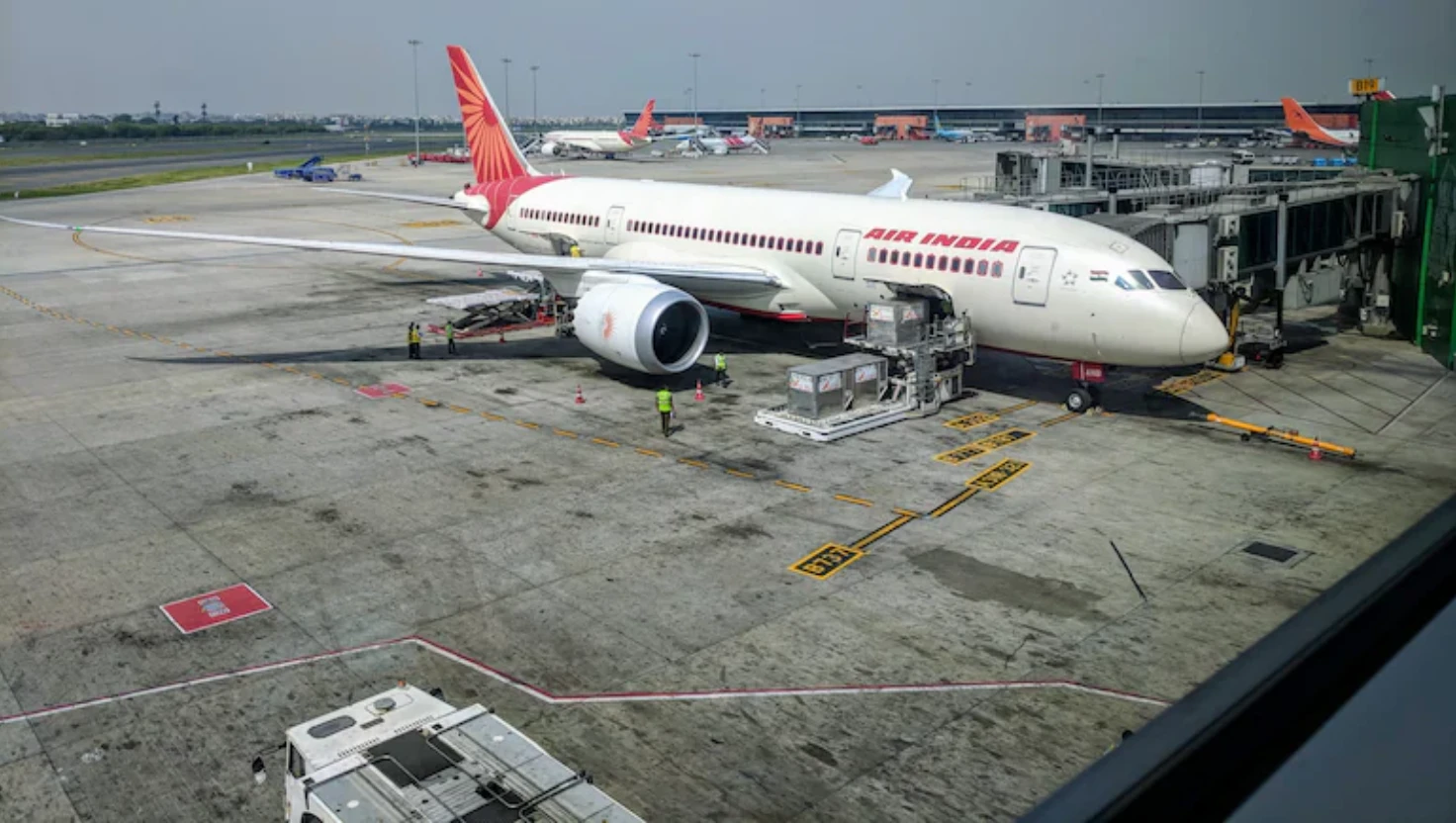Beyond mystic experience: Economic significance of Mahakumbh

Mahakumbh 2025 is set to deliver a significant economic boost, contributing up to Rs. 2 lakh crore to India’s economy
Beyond its religious significance, Mahakumbh at Prayagraj offers a platform to showcase India’s rich cultural heritage and economic prosperity on the global stage
India is currently witnessing one of the largest gatherings of pilgrims in Mahakumbh at Prayagraj. Over 45 crore devotees, including 15 lakh foreign tourists are expected to attend the Mahakumbh.
A gathering of this scale has wider economic significance. According to India's central government, Mahakumbh 2025 is set to deliver a significant economic boost, contributing up to Rs. 2 lakh crore to India’s economy.
Uttar Pradesh's GDP is expected to grow by over 1%. Trade in daily essentials is projected at Rs. 17,310 crore, with the hotel and travel sectors reaching Rs. 2,800 crore. Religious materials and flowers are estimated to generate Rs. 2,000 crore and Rs. 800 crore, respectively.
On the other hand, the Confederation of All India Traders (CAIT) has projected that the event will generate two trillion revenues.
Hotel and other associated services will generate Rs. 40,000 crores, while food and beverages will contribute to Rs. 20,000 crores. Similarly, transport services will generate Rs. 10,000 crores in the state economy, CAIT said in its report.
The 2019 Prayagraj Ardh Kumbh Mela had contributed Rs. 1.2 lakh crore to the economy of Uttar Pradesh. Hotel and Restaurants, Food and Beverages, Transport and Logistics are some of the major sectors that will directly benefit from this gathering.
Role in boosting local crafts and employment
Uttar Pradesh is known for its enriched local crafts made by highly skilled craftsmen. The state has also the largest presence of Micro, Small and Medium Enterprises (MSMEs). It ranks among the top three states with a 9 per cent national share in MSME.
As per the recent survey of Annual Survey of Unincorporated Enterprises (ASUSE) UP has more than 13 million MSME enterprises. Two-thirds (60 %) of the state output is generated by the MSMEs sector.
Hence, cities near Prayagraj like Varanasi, Mirzapur and Lucknow--are established clusters and known for silk sarees, carpets and zari zardozi respectively. They will be another major attraction for people visiting here.
Moreover, the state government is giving major impetus to traditional handcrafts through the ‘One District One Product (ODOP)’ scheme, which aims to preserve indigenous handicrafts, boost employment and export.
For example, the Naini area of Prayagraj is known for its Moonj craft. Those visiting here may buy both decorative and eco-friendly items made from Moonj. Similarly, carpets that have a largest cluster in Mirzapur and Banarasi silk saree made in the holy city of Varanasi can attract lots of demand by domestic and foreign visitors.
The items made of metals, leather, stone, and wood crafts can be purchased from a dedicated kiosk of ODOP at the railway station and from dedicated shops in the mela area. In fact, those visiting Prayagraj can also visit Varanasi, Sarnath and Mirzapur to explore other Hindus and Buddhist religious places.
The Kashi Vishwanath corridor in Banaras and Sarnath, where Buddha gave his first sermon to his followers usually attracts lots of domestic and foreign tourists. The footfalls will increase in these places located from Prayagraj at the distance of 50-150 km.
Boost to informal sector and informal employment
Many of these business activities are part of UP’s large informal sector. Over a 45 days period people involved in these activities will find space to sell their products directly and to get multiple informal employment opportunities.
For example, a garland seller from Indore who is selling her products in Mahakumbh Mela received lots of media attention. Similarly, a person was found selling organic toothbrushes, made from acacia tree offshoots, to devotees.
Allahabad is known for local cuisine, and it is surely attracting lots of buyers. People are also playing the role of local guides. It has generated an opportunity for local entrepreneurship and startups for youth in the services and manufacturing sector.
Historical origin
The 45-day event, which will culminate on February 26. Mahakumbh traces its origins to the mythological Samudra Manthan (churning of the ocean), where drops of nectar fell at Prayagraj, Haridwar, Ujjain, and Nashik. The sacred bath symbolizes soul purification and self-realization..
Over a 12-year span, the festival takes place in each city--from Prayagraj and Haridwar to Ujjain and Nasik--on a cyclical basis. This event is unique since it represents the end of twelve cycles of twelve years. The Ganga, Yamuna, and Saraswati rivers converse to form Triveni Sangam in Prayagraj, also referred to as Tirthraj, the king of all pilgrimage sites.
Conclusion
Given Indians’ attraction towards Mahakumbh, it is expected that the 45-day event at Prayagraj, will surpass other major global events in terms of attendance. With 70 lakh attending the Rio Carnival, 25 lakh at Haj, and 72 lakh at Oktoberfest, the Mahakumbh 2025, in fact, stands unmatched with an anticipated 45 crore attendees. This highlights its unparalleled scale and global significance as one of the world's largest gatherings.
***The writer is an Assistant Professor at the Institute for Studies in Industrial Development (ISID), a Delhi-based research institute; views expressed here are his own

Reliance Retail acquires Kelvinator, The Coolest One
Reliance Retail has purchased the Kelvinator brand from Electrolux for nearly ₹160 crore, aiming to strengthen its position in India's consumer durables market.
| 2025-07-19

Saiyyara has shattered every myth about launching newcomers. No big names, no big PR
Madhur Bhandarkar praises debut film 'Saiyaara' for its raw talent and storytelling, marking a shift in Bollywood's approach to newcomers.
| 2025-07-19

India slams reports blaming pilots for Air India crash
India's AAIB disputes US media assertions regarding Air India AI 171 crash, highlighting ongoing investigation and sensitivity towards victims' families.
| 2025-07-18

India Secures Four-Wicket Win in ODI Series Opener Against England
India achieves a four-wicket victory over England in the ODI series opener, led by Deepti Sharma's unbeaten 62 runs.
| 2025-07-17

Air India inspection claims no problems found with Boeing 787 fuel control switches
Air India has conducted thorough inspections of its Boeing 787 fuel control switches, reporting no problems following a DGCA directive.
| 2025-07-17




